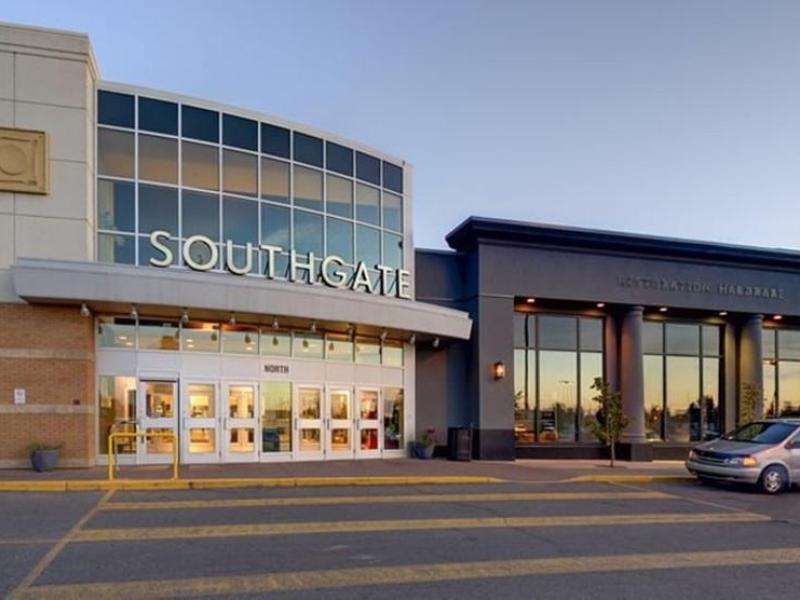
Mainstreet Equity Corp. (MEQ-T) in its fiscal Q3 2023 achieved double-digit, year-over-year growth across all key operating metrics for the seventh consecutive quarter amid a rosy outlook in the rental market.
Bob Dhillon, founder and chief executive officer of Mainstreet, said the rental market continues to tighten.
“We expect average rental rates across Canada to rise as demand continues to outpace supply. However, we believe supply shortages in the real estate market, combined with inflation and rising interest rates, will continue to deter first-time homebuyers and incentivize renters,” he said.
“As ever, we will maintain our strategy of counter-cyclical growth by acquiring assets only when it prioritizes true value creation. As in past quarters, our acquisition efforts will continue to emphasize portfolio diversification, evidenced by our recent expansion into the Winnipeg market.”
Mainstreet has 17,000-plus units in 19 locations in British Columbia, Alberta, Saskatchewan and Manitoba with 5,583 residential units in Edmonton and 3,473 in Calgary.
Over its 23-year history, Mainstreet has built up an extensive portfolio of more than 800 buildings.
Mainstreet's business philosophy
Dhillon said there are 2.2 million purpose-built apartments in Canada. All trade below replacement costs. He said 73 per cent of Canadians make less than $50,000 a year.
“So the affordability is not $3,000 rents. It’s going to be somewhere between $1,400 and $1,800,” Dhillon said.
“There’s no economic justification for building new because new costs around $400,000 a door and for a $400,000 door build you need $2,700 to $3,500 rents and for that reason you’re stuck with the existing product.”
The vacancy rate is low and the population is growing, putting a strain on supply in the country.
Vacancy rates fell to an all-time low of 1.9 per cent in 2022, according to Canada Mortgage and Housing Corporation data.
Dhillon said Canada’s population is growing quickly, with the country expected to accept a record-high 1.5 million newcomers in 2022 – 431,645 new permanent residents, 608,420 work permits under the Temporary Foreign Worker Program and International Mobility Program, and 551,405 study permits, according to Immigration, Refugees and Citizenship Canada – at a time when new rental market supply is flat (the number of purpose-built rental units in the country increased by just 400,000 in the last decade, up to a total 2.2 million).
“On the supply side we’ve got 1.6 per cent of 2.2 million apartments and on the demand side we’ve got 1.5 (million). Now I realize that not everybody’s a renter, people are going to stay with relatives, there’s lots of variants,” Dhillon said.
“But the supply/demand imbalance is so big that you have no choice but to have a tremendous amount of pressure on upward movement in prices and rents to come.”
He said the Alberta market has been somewhat stagnant or soft in recent years because of low resource prices while in-migration was not at previous levels and delays in pipeline construction and the pandemic impacted the overall market.
“In Alberta and Saskatchewan we have a tremendous amount of catch up, price per unit is low, our average rent is $1,000 per unit and so there’s a lot of things that we could have a tremendous amount of catch up in the next few years,” said Dhillon.
“So we have rental catch up. We have economic catch up. We’ve got accelerated in-migration numbers. The stars are kind of lining up.”
The appeal of Alberta
Alberta is appealing to younger people from areas like Ontario and British Columbia because of job opportunities, affordability and lower taxes.
Dhillon said Mainstreet has a tremendous amount of liquidity at about $307 million.
“We believe there is significant opportunity to continue acquiring underperforming assets at attractive valuations,” he said. “Because of the higher interest rates, we see this as an opportunity . . . to buy assets still significantly below replacement costs, fragmented mom and pop and distressed assets that we always buy.
“By strictly adhering to our 100 per cent organic, non-dilutive growth strategy, Mainstreet has continued to create shareholder value throughout the economic cycle, including in periods of high volatility," he said.
"Under this model, we leverage our sizable liquidity position and historically low-cost financing to acquire underperforming apartment buildings.
"Once acquired, we rapidly reposition units through renovations to optimize operating income.
"Since Mainstreet began trading on the TSX in 2000, we have expanded our portfolio from a handful of rental units to over 17,000, and reached $3 billion in assets while avoiding any equity dilution (excluding small volumes of exercised share options). During that same period, our stock value has increased more than 3,500 per cent.”
In its Q3 financial report, Mainstreet said funds from operations increased 32 per cent, net operating income grew 22 per cent and rental revenues rose 18 per cent. Same-asset revenue and net operating income also accelerated, increasing 10 per cent and 13 per cent, respectively.
Despite inflationary pressures, operating margins improved to 63 per cent, up from 61 per cent in 2022, the company said.
Branching out to secondary centres
In the last few years, Dhillon said the company has made a large push to secondary centres in British Columbia such as Vancouver Island, Kamloops, Penticton, Nelson and Prince George.
“We will go wherever the opportunity takes us. . . . When you’re in the mid-market space that means a lot of smaller buildings clustered together like we have . . . as zonings change and you can build bigger buildings, we have excess capacity within the bones and residual land and excess capacity to subdivide the land to build more units. Today may not be the time but we have that opportunity,” Dhillon said.
Mainstreet expects Vancouver/Lower Mainland will continue to drive growth and performance. Vacancies in the region remain among the lowest in the country while rental rates are among the highest.
British Columbia has become central to Mainstreet’s portfolio, accounting for approximately 42 per cent of its estimated net asset value, based on International Financial Reporting Standards value.
With an average monthly mark-to-market gap of $638 per suite per month, 98 per cent of Mainstreet's customers in the region are below the average market rent.
According to the company’s estimates, that translates into approximately $26 million in net operating income growth potential after accounting for tenancy turnover and gradual rent increases.
Dhillon said current market conditions create a rare opportunity for Mainstreet.
Its stabilization rates are higher than average due to its high rate of acquisitions in recent quarters, while its vacancy rates are lower than average (4.7 per cent, including its unstabilized properties which accounted for 14 per cent of its portfolio).
“This discrepancy provides substantial opportunity for Mainstreet to continue extracting value from existing assets by aggressively repositioning units,” said Dhillon.
“Most of the universe of apartment buildings is 40 to 70 years old and they all need a little tender loving care. So they all need repositioning.”










